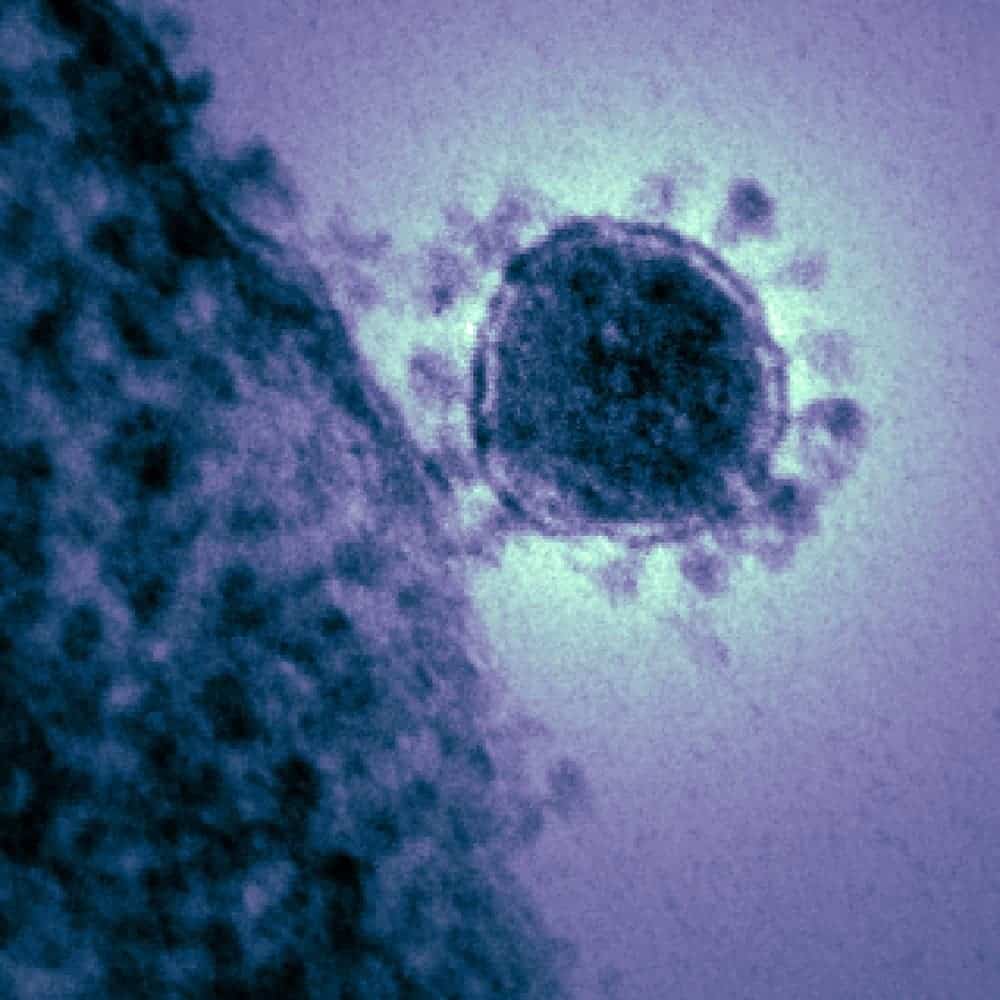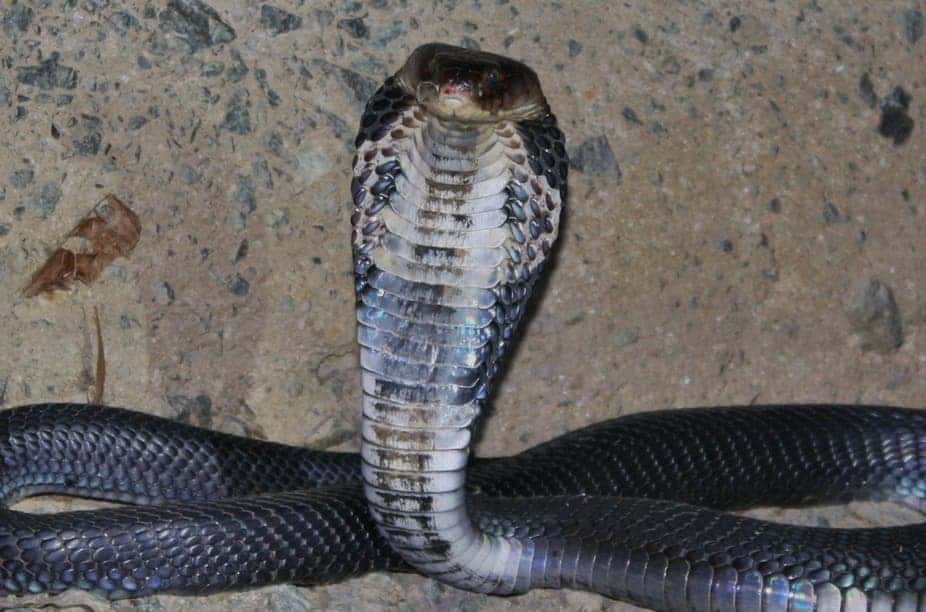The famous Asian wet markets, where shoppers can buy everything from poultry to snakes, might be responsible for helping the virus make the leap from snakes to humans.

A new, dangerous virus
In late 2019, a strange virus started making the headlines. It seemed to cause severe pneumonia-like symptoms, and its origin was a mystery. The virus originated in China, where it quickly spread to several cities. It has since made its way to several countries, including the US.
The pathogen was shown to be a coronavirus: a class that got its name from the physical appearance of viruses, which resemble a solar corona. It’s the same family of viruses as the well-known severe acute respiratory syndrome coronavirus (SARS-CoV) and Middle East respiratory syndrome coronavirus (MERS-CoV), both of which have caused dangerous outbreaks in the past two decades.
Coronaviruses are transmitted through the air and primarily infect the upper respiratory and gastrointestinal tract of mammals and birds. Most viruses cause relatively mild symptoms, but a few can cause life-threatening complications.

This is also the case with the newly discovered virus, called 2019-nCoV. There’s no approved treatment yet, and researchers are still not sure how easily the virus can spread from human to human — or how it jumped to humans in the first place.
But thanks to the efforts of Chinese researchers, we’re getting one step closer to the truth.
A new study reports that most likely, the virus jumped from snakes to humans, and it did so in a food market in Wuhan, where live animals and meat are sold in cramped spaces.
“Our findings suggest that the snake is the most probable wildlife animal reservoir,” the team of scientists wrote in the paper.
From bats to snakes to humans
Previous genetic sequencing of the virus showed that it came from bats. But, while bats are also sold in Chinese markets such as Wuhan, they are unlikely to be the direct source, this study indicates. Instead, the newly discovered coronavirus likely jumped from snakes to humans — specifically, from the many-banded Chinese Krait or Chinese cobra.

This route makes a lot of sense. For starters, both of these snakes hunt and eat bats. Secondly, they are also sold in wet markets, and are sometimes consumed as a delicacy or used in traditional medicine. This makes for a very plausible chain of events, where the virus jumped from bats to snakes, and from snakes to humans. This is important in tracking down the virus and understanding its evolution and controlling the outbreak.
It’s still a mystery how the virus could jump from warm-blooded to cold-blooded hosts, and then to warm-blooded again. Usually, this is a very challenging step for viruses and the fact that this coronavirus managed to make this leap suggests it is a very adaptable strain.
This outbreak is another reminder that people should limit the consumption of wild animals to prevent zoonotic infections. China has taken significant efforts to limit the spread of diseases through its animal markets, but these areas remain highly susceptible — particularly when it comes to wild animals. Preference for fresh meat from animals that aren’t properly quarantined or from the wild “does make China susceptible to the risk of new virus outbreaks through close animal and human contact,” said Wang Yuedan, a professor of immunology at Peking University’s School of Basic Medical Sciences.
For now, researchers call for further investigation to confirm that snakes are indeed the reservoir for the disease. Multiple teams are also working to assess how easily the virus can spread from human to human and to develop a potential treatment for the virus.
Unfortunately, as of now, there is no approved vaccine or antiviral treatment available for coronavirus infection. If you are suffering from pneumonia-like symptoms and have been in contact with someone that could have transmitted the disease, consult with your doctor immediately.









